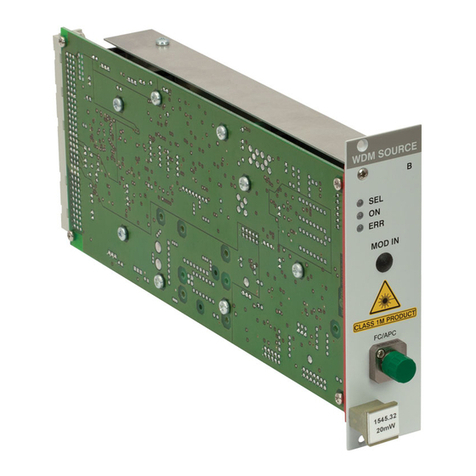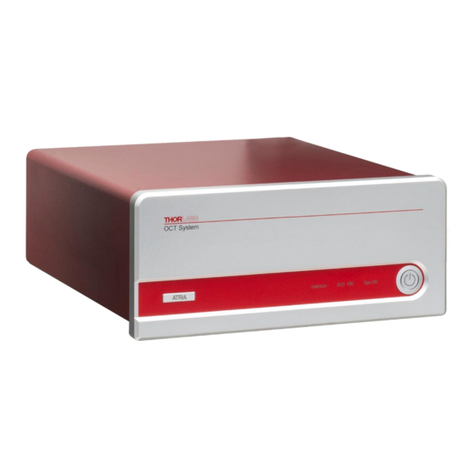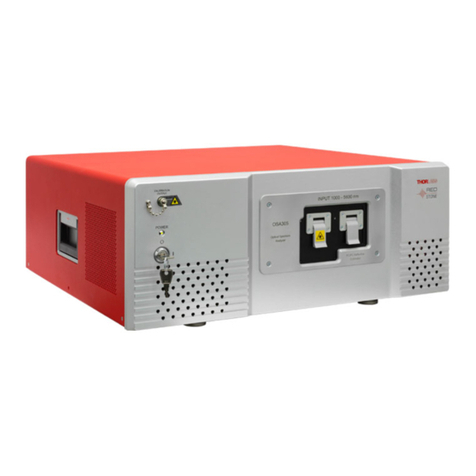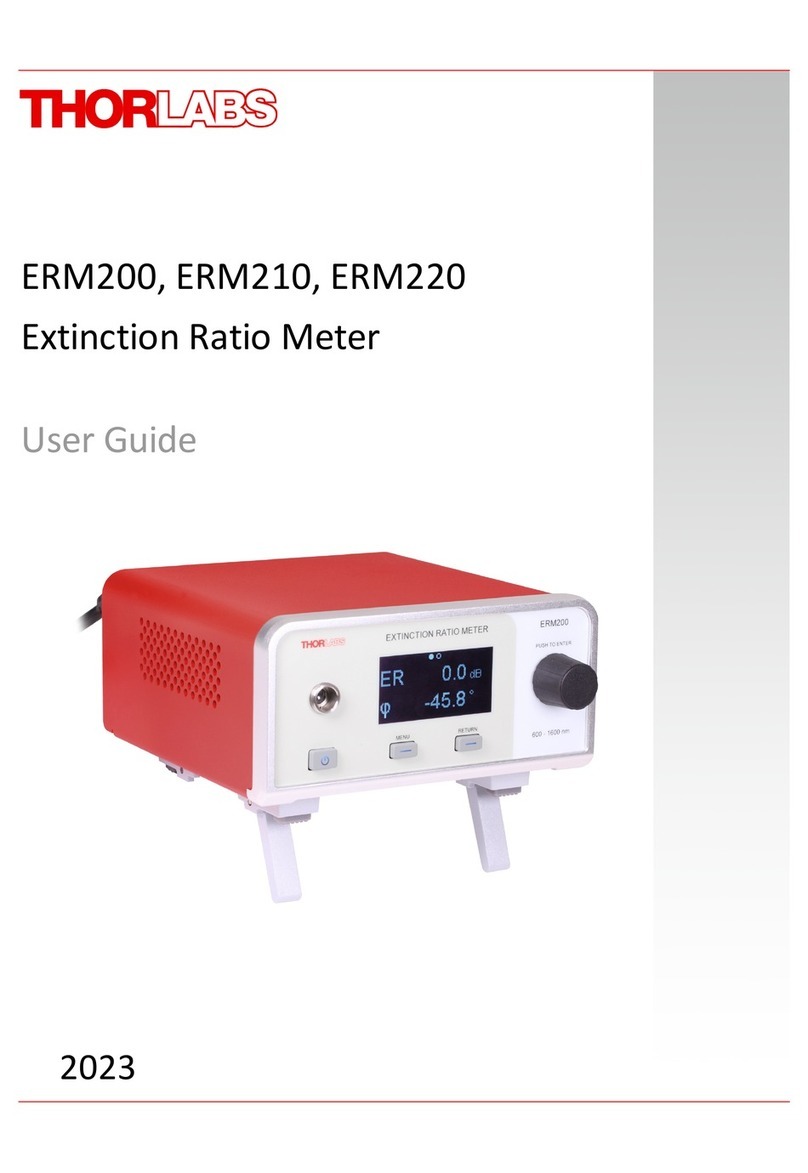THORLABS PM100USB User manual
Other THORLABS Measuring Instrument manuals
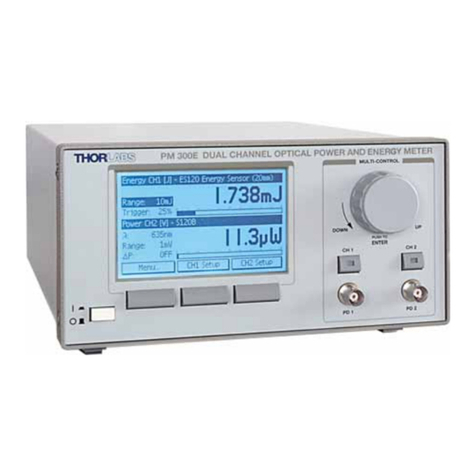
THORLABS
THORLABS PM300E User manual
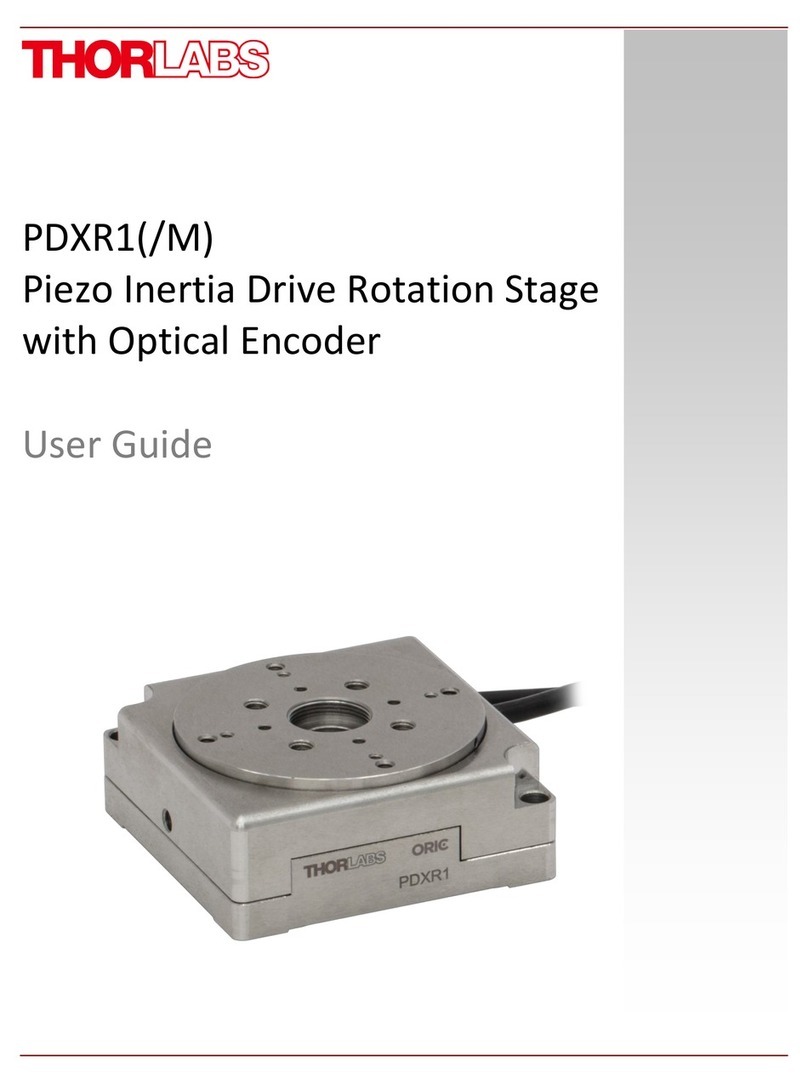
THORLABS
THORLABS PDXR1 User manual
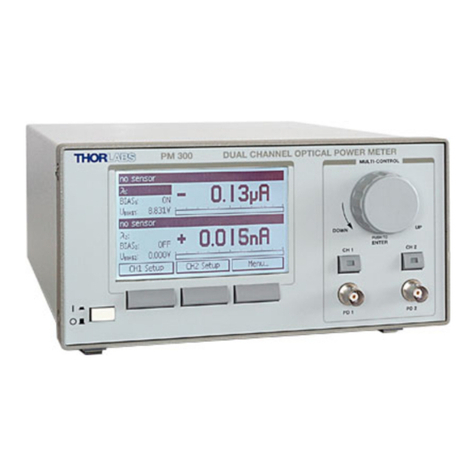
THORLABS
THORLABS PM300 User manual
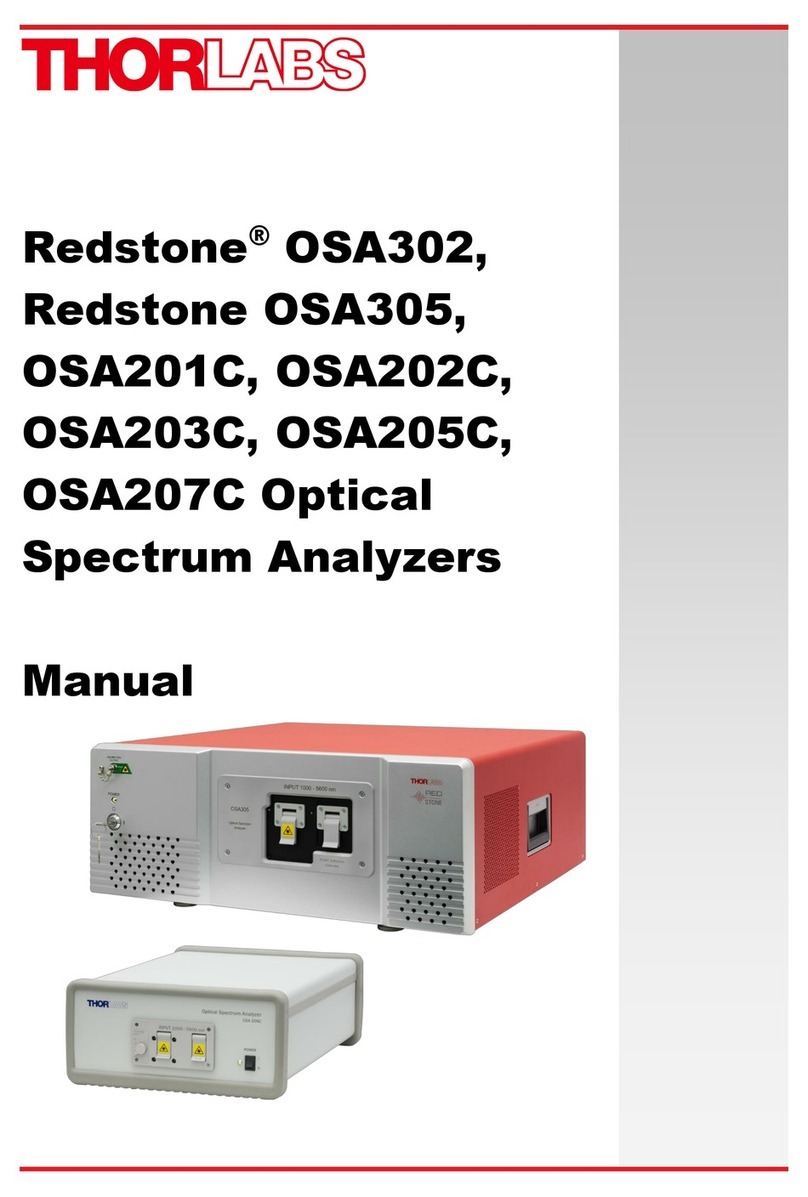
THORLABS
THORLABS Redstone OSA302 User manual
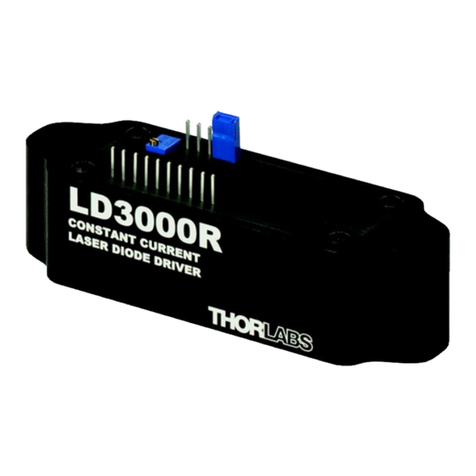
THORLABS
THORLABS LD3000R User manual
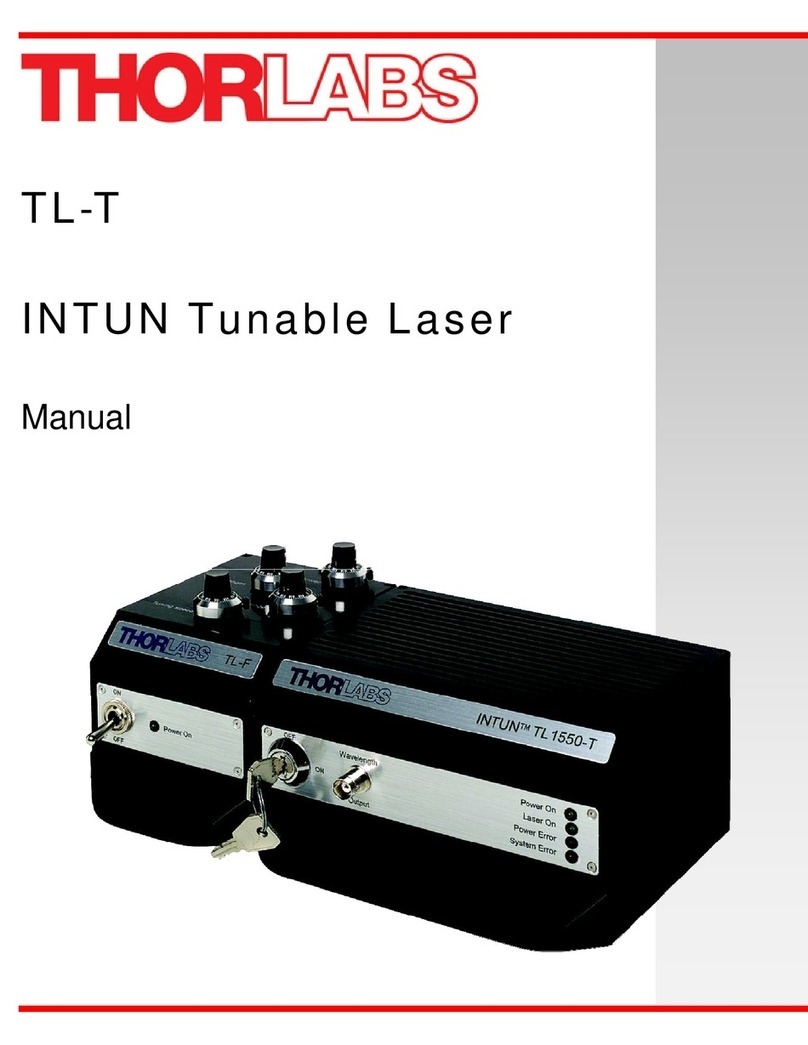
THORLABS
THORLABS INTUN TL 1550-T User manual
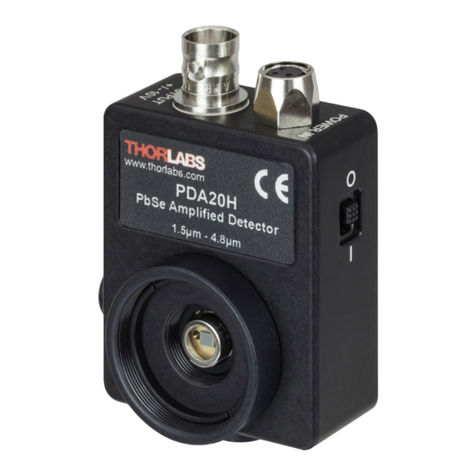
THORLABS
THORLABS PDA20H User manual
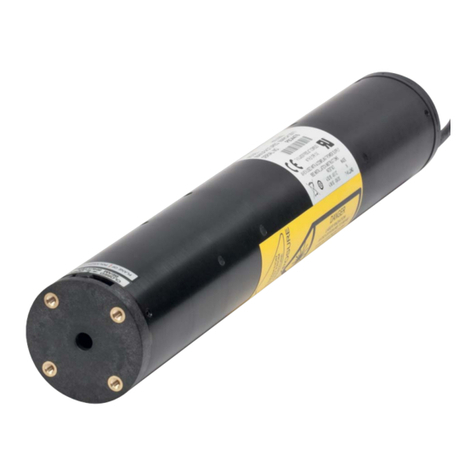
THORLABS
THORLABS HNL020R User manual
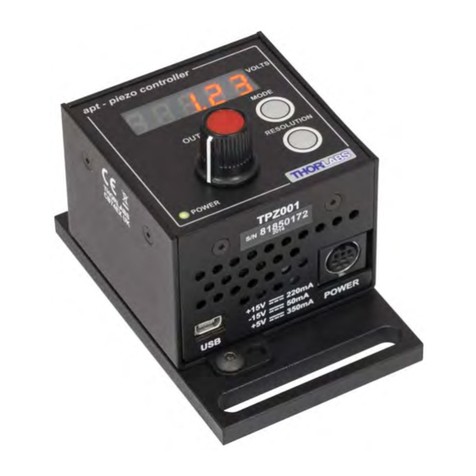
THORLABS
THORLABS TPZ001 User manual

THORLABS
THORLABS PM100 User manual
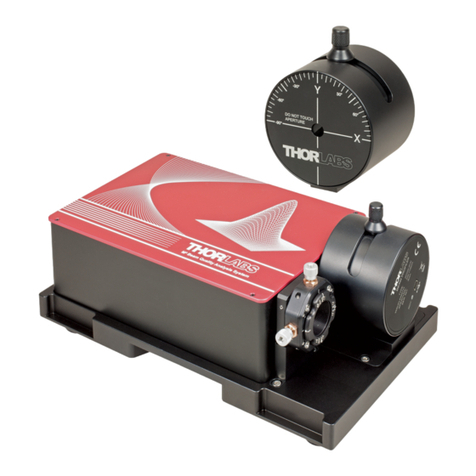
THORLABS
THORLABS BP209-VIS User manual
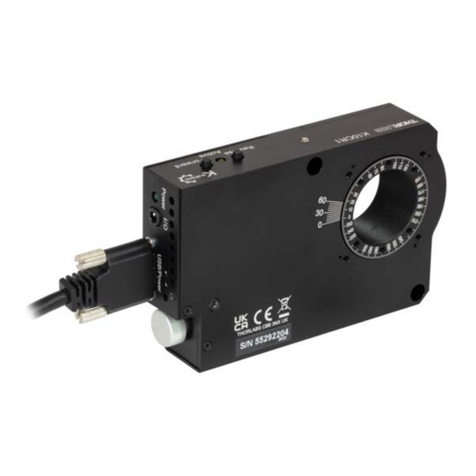
THORLABS
THORLABS K10CR1 User manual

THORLABS
THORLABS MCLS Series User manual
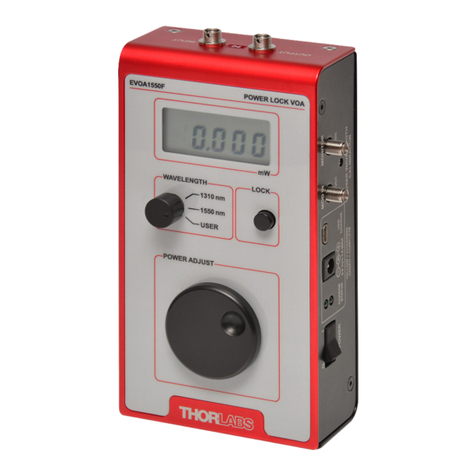
THORLABS
THORLABS EVOA1550F User manual

THORLABS
THORLABS S120 User manual
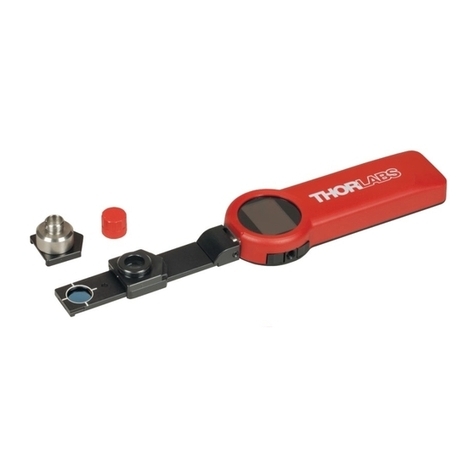
THORLABS
THORLABS PM160T User manual
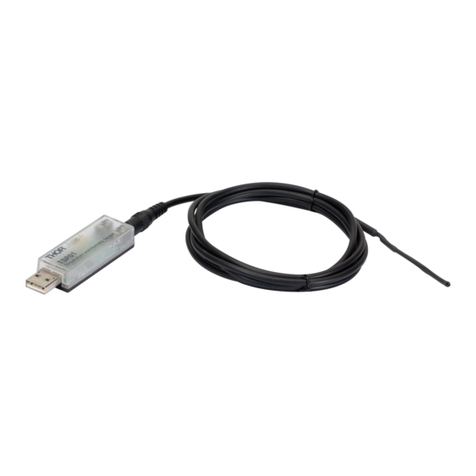
THORLABS
THORLABS TSP01 User manual
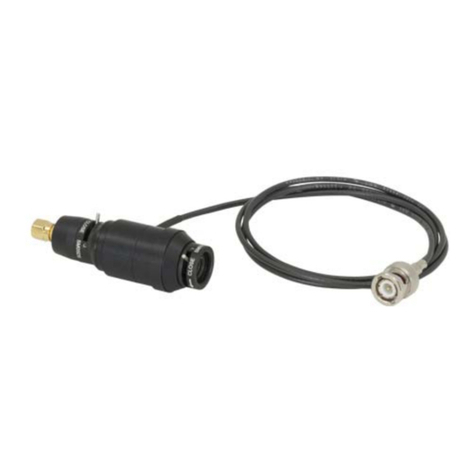
THORLABS
THORLABS SA210 Series User manual
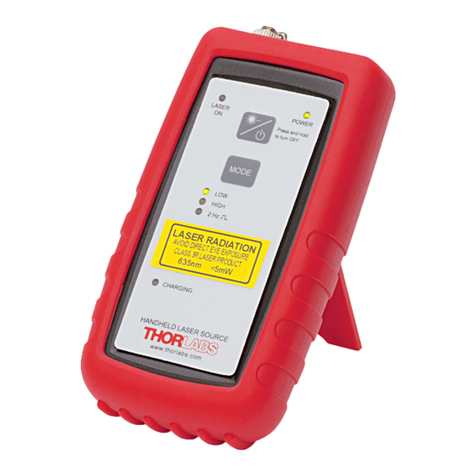
THORLABS
THORLABS HLS635 User manual
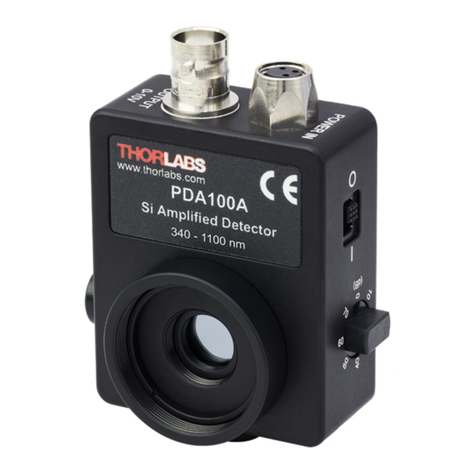
THORLABS
THORLABS PDA100A User manual
Popular Measuring Instrument manuals by other brands

Powerfix Profi
Powerfix Profi 278296 Operation and safety notes

Test Equipment Depot
Test Equipment Depot GVT-427B user manual

Fieldpiece
Fieldpiece ACH Operator's manual

FLYSURFER
FLYSURFER VIRON3 user manual

GMW
GMW TG uni 1 operating manual

Downeaster
Downeaster Wind & Weather Medallion Series instruction manual

Hanna Instruments
Hanna Instruments HI96725C instruction manual

Nokeval
Nokeval KMR260 quick guide

HOKUYO AUTOMATIC
HOKUYO AUTOMATIC UBG-05LN instruction manual

Fluke
Fluke 96000 Series Operator's manual

Test Products International
Test Products International SP565 user manual

General Sleep
General Sleep Zmachine Insight+ DT-200 Service manual
